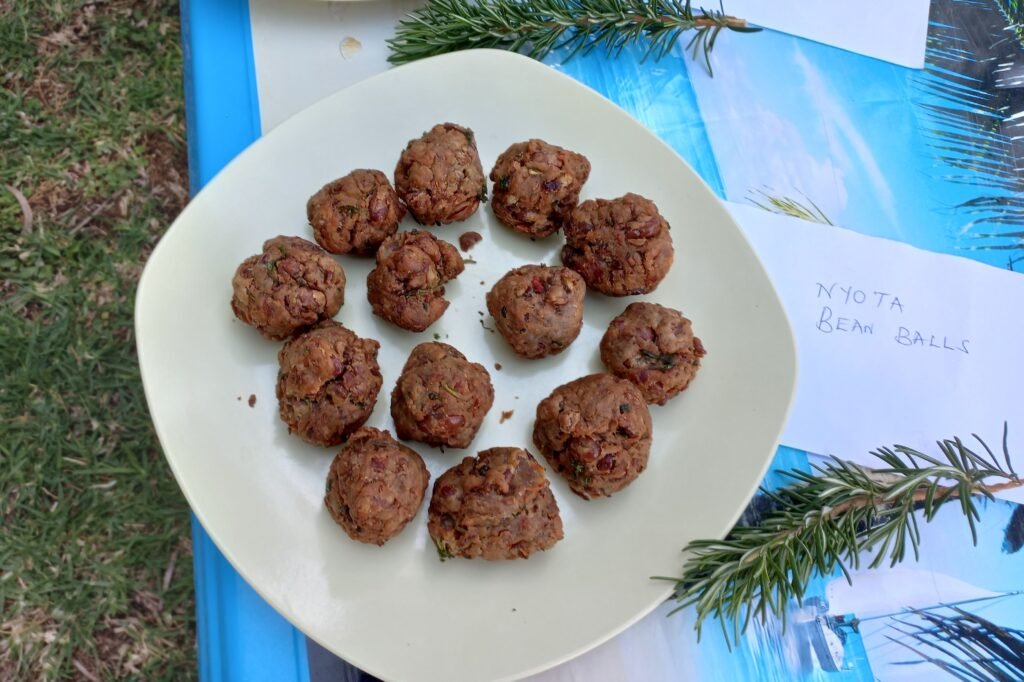Five organisations have partnered under the Ziron-Pulse programme to address food security and nutrition as well as push for the consumption of bean varieties rich in iron and zinc.
The project which is implemented in partnership with the James Hutton Institute, the University of Birmingham, Kenya Agricultural Livestock Research Organization (KALRO) and the University of Nairobi has urged Kenyans to eat more beans rich in iron and zinc not only to address malnutrition but also encourage value-addition to make it attractive to the children.
Dr Beatrice Kiage, a nutrition associate at the Food, Agriculture and Natural Resources Policy Analysis Network (FANERAN) said experts are concerned about the zinc and iron deficiency that is contributing to the high level of stunting in Kenya.
“We have produced more than 40 bean recipes to be able to reach more consumers, especially children and pregnant mothers who are affected by malnutrition”, she said.

